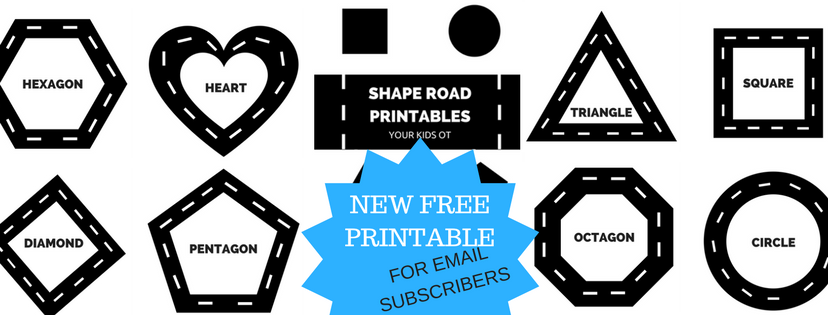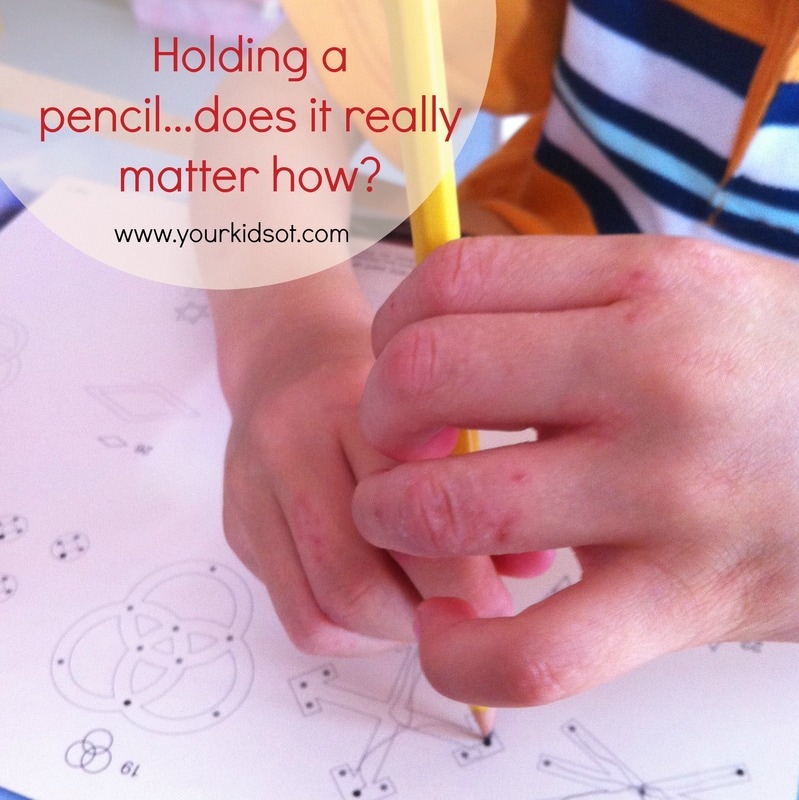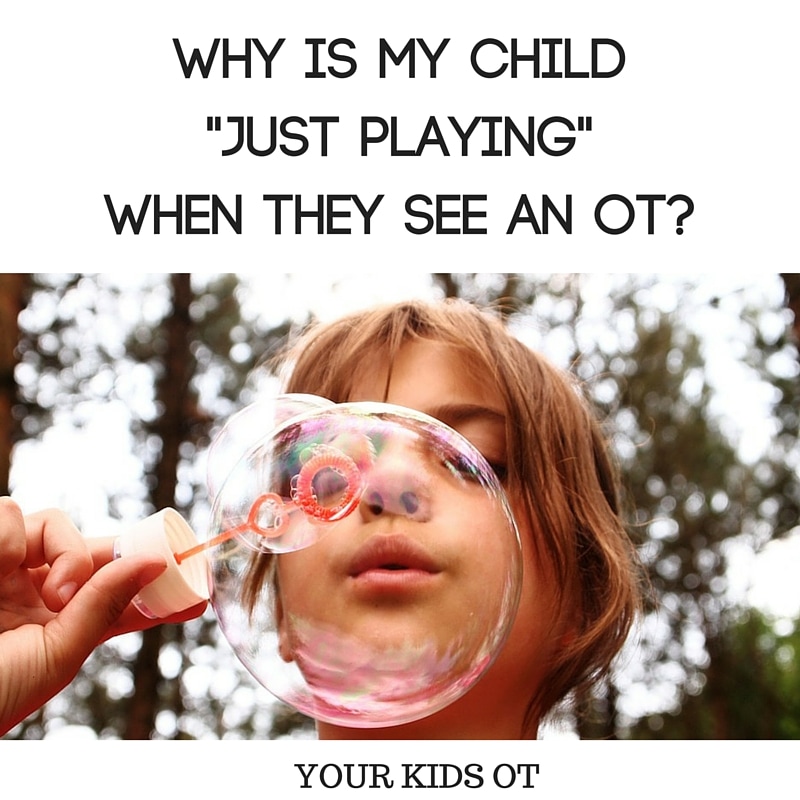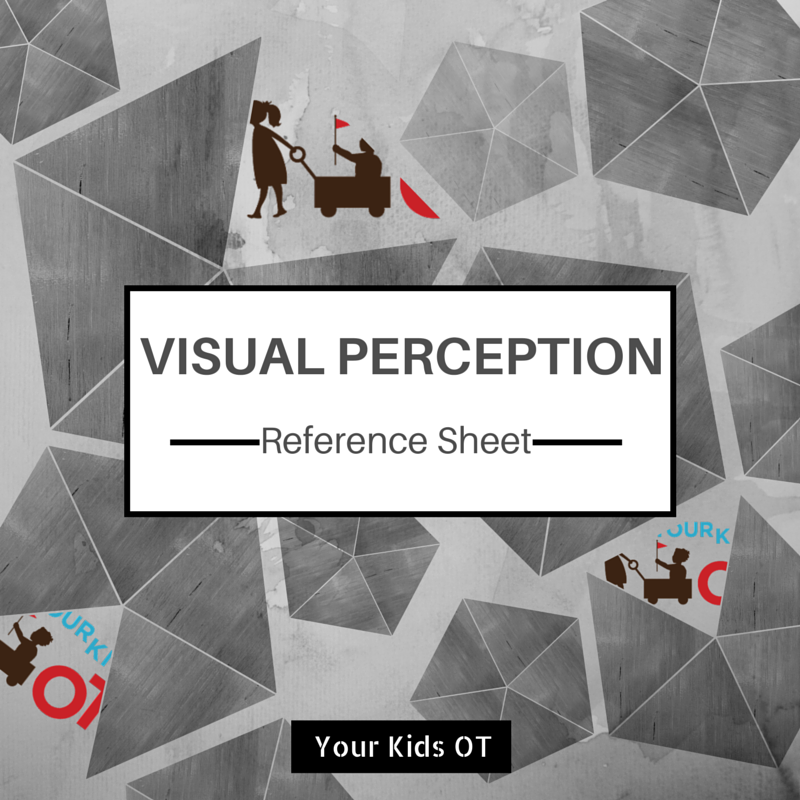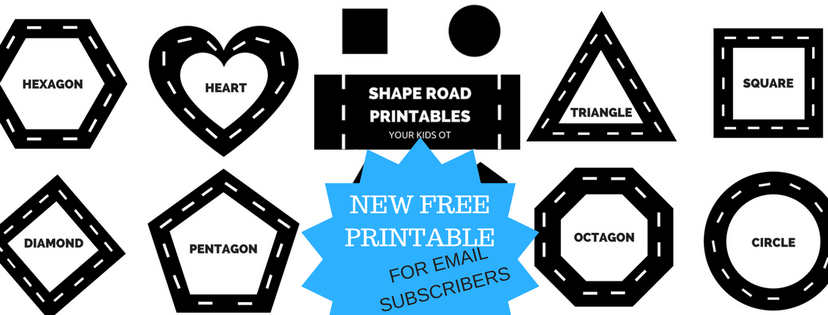|
The classroom is an environment full of sensory information! Most children can cope with this. Some children find classrooms overstimulating (ie. over-responsive), while others will not receive enough sensory information to meet classroom demands (ie. under-responsive). Children may respond with behaviour that the class teacher may find challenging!
Here is a compilation of sensory triggers that your child may experience from the classroom environment as well as behaviours you may see exhibited in the classroom in response to these triggers. You can download a FREE PRINTABLE HERE! VISUAL
Children with difficulty processing visual information may exhibit behaviour such as squinting, covering their eyes, complaining about lighting, movement to avoid certain areas of the classroom, leaning over desk, unable to sit still, aggression, unable to complete tasks, unable to follow classroom routine, unable to copy information from the board, unable to transition from one task to another, constant head turning, staring at people, spins or flicks objects in front of eyes, etc. AUDITORY
Children with difficulty processing auditory information may exhibit behaviour such as covering their ears, screaming, yelling, removing themselves from situation, refusing to participate, unable to complete tasks, unable to follow instructions given to the whole class, gets distracted easily, distressed when music is played, speaks too loudly, makes excessive or constant noise, etc. TOUCH
Children with difficulty processing touch (proprioceptive) information may exhibit behaviour such as being unable to sit still on the floor or in their seat, leaning against furniture when sitting on the floor, fidgeting, playing with classmate's hair, pushing others, constantly hugging other children, biting, avoiding activities, unable to take off clothing despite the temperature, seeking cool surfaces such as a window, rocking on chairs, getting too close to other children/adults, does not clean saliva or food from face, distressed with dirty/messy hands, etc MOVEMENT
Children with difficulty processing movement (vestibular) information may exhibit behaviour such as rocking on their chair, leaning to the side of chair, kicking under the chair, holds head up with hands whilst seated, unable to sit cross legged, movement to different positions on the floor, leans on furniture or other children when sitting on the floor, fidgeting, touching other children, unable to transition between activities, unable to complete tasks, slumped posture, taking a long time to follow instructions, gets distracted easily, running instead of walking, holds onto something whilst walking, falls out of chair, etc ORAL
Children with difficulty processing oral information may exhibit teeth grinding, biting on clothing, biting on pencils, biting on furniture, biting other children, licking or digesting inedible objects, making noises/movement with their mouth, excess saliva, etc. SMELL
Children with difficulty processing olfactory (smell) information may excessively sniff some items, avoid activities, have difficulty sitting next to other children, have difficulty completing activities, are easily distracted, shows distress, does not notice strong smells, cannot distinguish between pleasant and unpleasant smells, etc
* Miller, LJ (2006) Sensational Kids: Hope and Help for Children with Sensory Processing Disorder (SPD)
You may also like:
"Children with sensory over-responsivity (sometimes called "sensory defensiveness" respond to sensory messages more intensely, more quickly, and/or for a longer time than children with normal sensory responsivity". * This means that a sensation may be perceived as "painful" and the child may have a "fright, flight, fight" response.
Children who are "under-responsive" to sensory information in the classroom may generally be labelled as lazy, unmotivated, stubborn or simply "bad". Typically these children need sensory stimulation that is stronger, lasts longer and is more frequent than that of a typically developing child. * Download your FREE copy of "Sensory Triggers in the Classroom"! Find information about Sensory Strategies in the classroom:
If you have concerns about your child's sensory sensitivities in the classroom, please contact a paediatric Occupational Therapist for an individual assessment. What sensory triggers have you noticed in the classroom? Comments are closed.
|
AuthorHi, I'm Cindy and I am an Occupational Therapist. I enjoy working creatively with children to see them reach their potential. Read more about me here. SEARCH THIS SITE
Archives
June 2024
Categories
All
Popular Posts |
Join the YKOT e-newsletter!
Subscribe to get our latest content by email and receive
the SHAPE ROADS PRINTABLE NOW!

Success! Now check your email to confirm your subscription and receive your free printable!
Join our Mailing List!
Subscribe to get our latest content by email and receive
the SHAPE ROADS PRINTABLE NOW as a thankyou!

Success! Now check your email to confirm your subscription and receive your free printable!
Disclaimer: The information on this site is general in nature and should be used for educational and entertainment purposes. The activities are safe for most children, however, you should consult an Occupational Therapist or health professional to address specific movement, sensory or other medical conditions. This blog does not replace formal therapeutic professional advice given by a health professional or medical practitioner. Reviews and endorsements of products will only be made based on my expertise and personal opinion; and deemed worthy of such endorsement. The opinions shared in sponsored content will always be my own and not that of the advertising company or brand. Content, advertising space or posts will be clearly identified if paid, affiliated or sponsored. Affiliate links may be found throughout this website in advertising. This means that if you follow through with a purchase from these links, Your Kids OT will receive a percentage of the sale. Your Kids OT undertakes to meet the requirements of the "Social Media Policy" as published by Australian Health Practitioner Regulation Agency (AHPRA). Further information about this policy can be found here.
Find meFollow me |
About me
AuthorHi, I'm Cindy and I am an Occupational Therapist. I enjoy working creatively with children to see them reach their potential. Read more about me here. |
Copyright © 2017 Your Kid OT

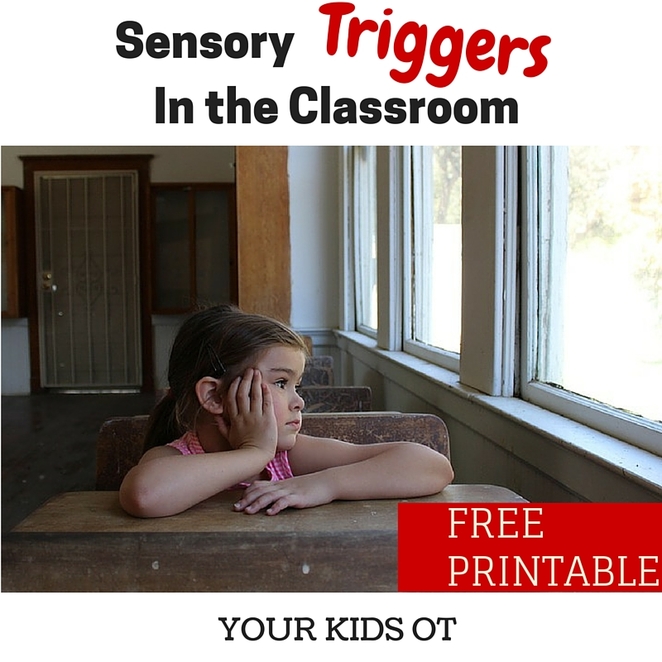

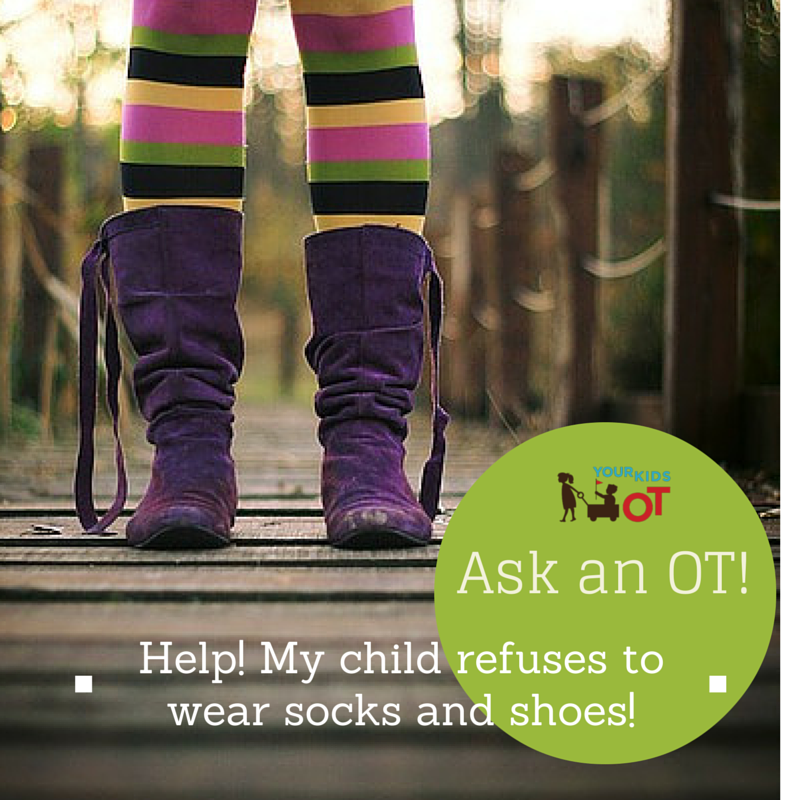
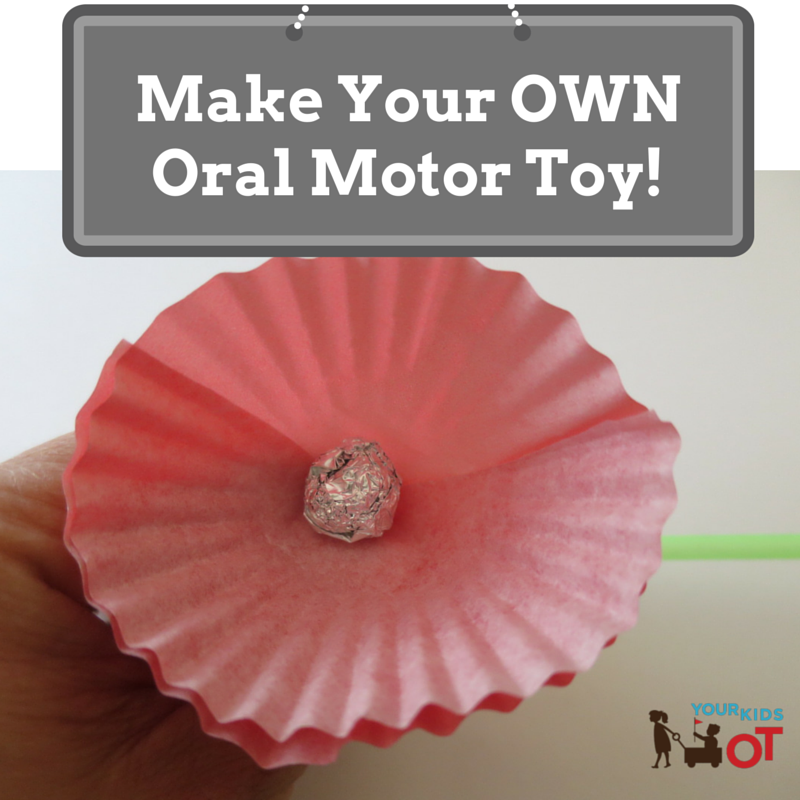
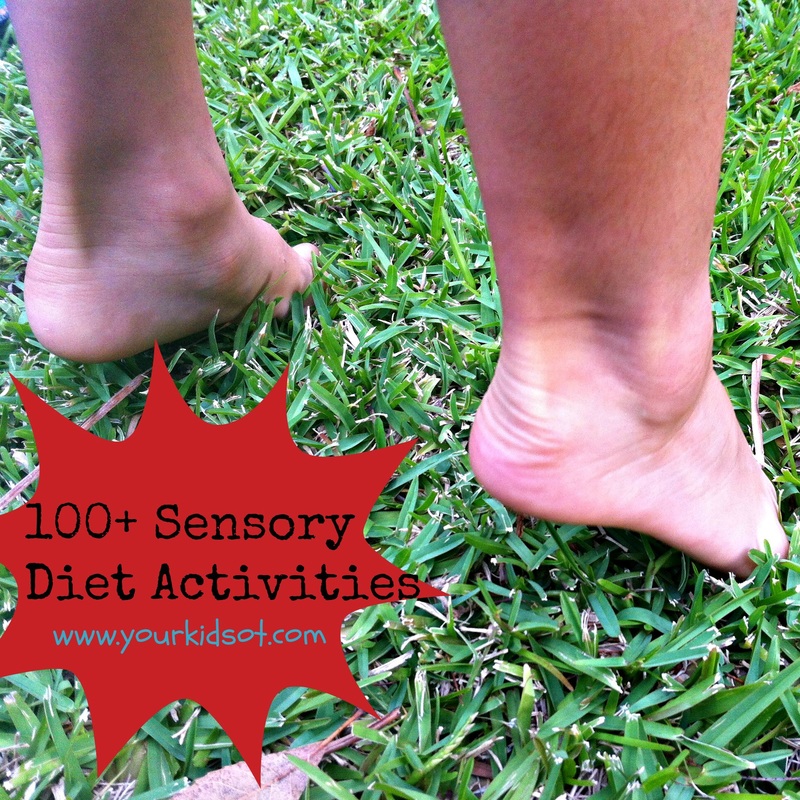

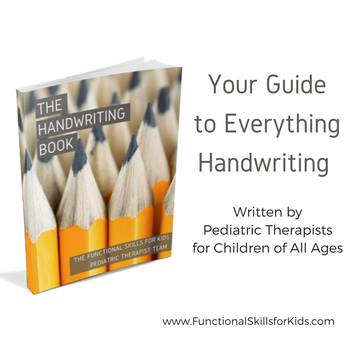
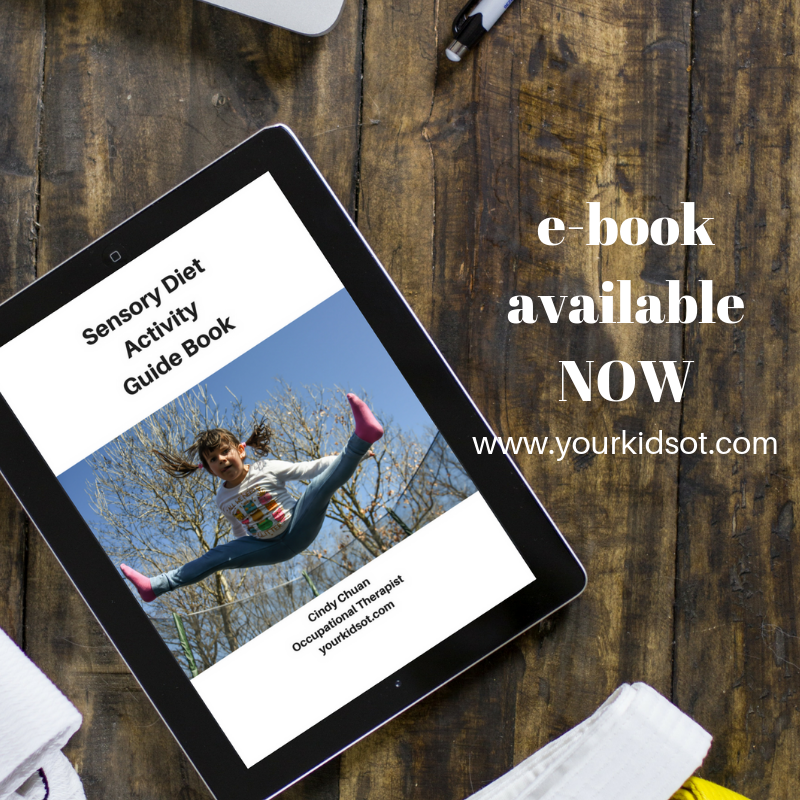
 RSS Feed
RSS Feed
